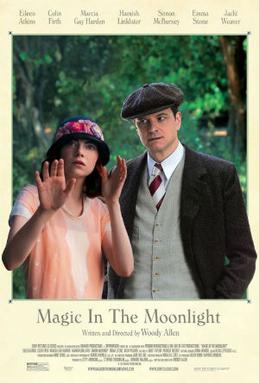As some of you heard or saw, Bryan Cranston won for his
electrifying role as Walter White. Breaking
Bad is easily one of the most compelling dramas we’ve had on television in
the past ten years, and its offbeat tone made it stand out in a sea of
period-based dramas. Cranston kills (ahem) as Walter White, and he deserves
every accolade that comes his way for his performance as the drug-dealing dad.
His rise to power made for great TV, and I look forward to rewatching it.
That being said, I’m ambivalent about Cranston’s win this
year. He was up against the usuals—Kevin Spacey for House of Cards, Jon Hamm for Mad
Men, and Jeff Daniels for The
Newsroom—but two newcomers came to the ring: Woody Harrelson and Matthew
McConaughey both for True Detective.
Everything I said about Breaking Bad still
stands, but damn if True Detective didn’t make for some
kickass weekly drama. Harrelson was good as Martin Hart, but McConaughey’s Rust
Cohle was simply mesmerizing.
For the unfamiliar, True
Detective followed two Louisiana sleuths on the trail of a serial killer
with a penchant for the occult. For most of the series, Hart and Cohle barely
tolerate each other. This isn’t even remotely “buddy cop” territory. Hart’s a
family man with a weakness for twentysomethings, and Cohle is every bit an
outsider as you can get and still be a cop.
My love for True
Detective doesn’t stem from only McConaughey’s performance. The show’s
narrative structure and manipulation of story as a concept made for some clever
and challenging TV viewing, and its liberal use of Cthulhu Mythos tickled the
writer in me. But the show’s success hinges on the performances of its leads,
and McConaughey’s Cohle wins out.
So Breaking Bad
this time? Why Cranston? The show’s finale aired just under a year ago, and it
was a finale that many both dreaded and eagerly awaited. While it’s by no means
a perfect end to White’s saga, it’s a good one that fits the narrative of the
show. Everything brought about by the five years before it came together in a
pleasant way. Five years of work to be considered.
I don’t know who makes the selections for Emmy winners, and
I don’t know how they reach their decisions, but I know for a fact that every
single one of them who voted for Breaking
Bad sure as hell wasn’t just considering the work of the show’s fifth and
final season. Whether subconsciously or not, they contemplated the culmination
of five seasons of lore, characters, and conflicts. Sixty-two episodes of
shocking twists and understated performances. Forty-six seasons of quality
television.
True
Detective doesn’t
have that luxury. True Detective had
eight episodes to get it right, which meant McConaughey had eight episodes to
bring the nihilistic philosophical gumshoe to life. Watching him play Cohle is
captivating, especially during the show’s present day interviews. You aren’t
sure what the hell he’s saying, but you’re never sure if you want to. This
didn’t even take a whole season. I’m not saying McConaughey was robbed, but the
fact that he won’t have a chance to win for his performance as Cohle again tastes
bitter.



